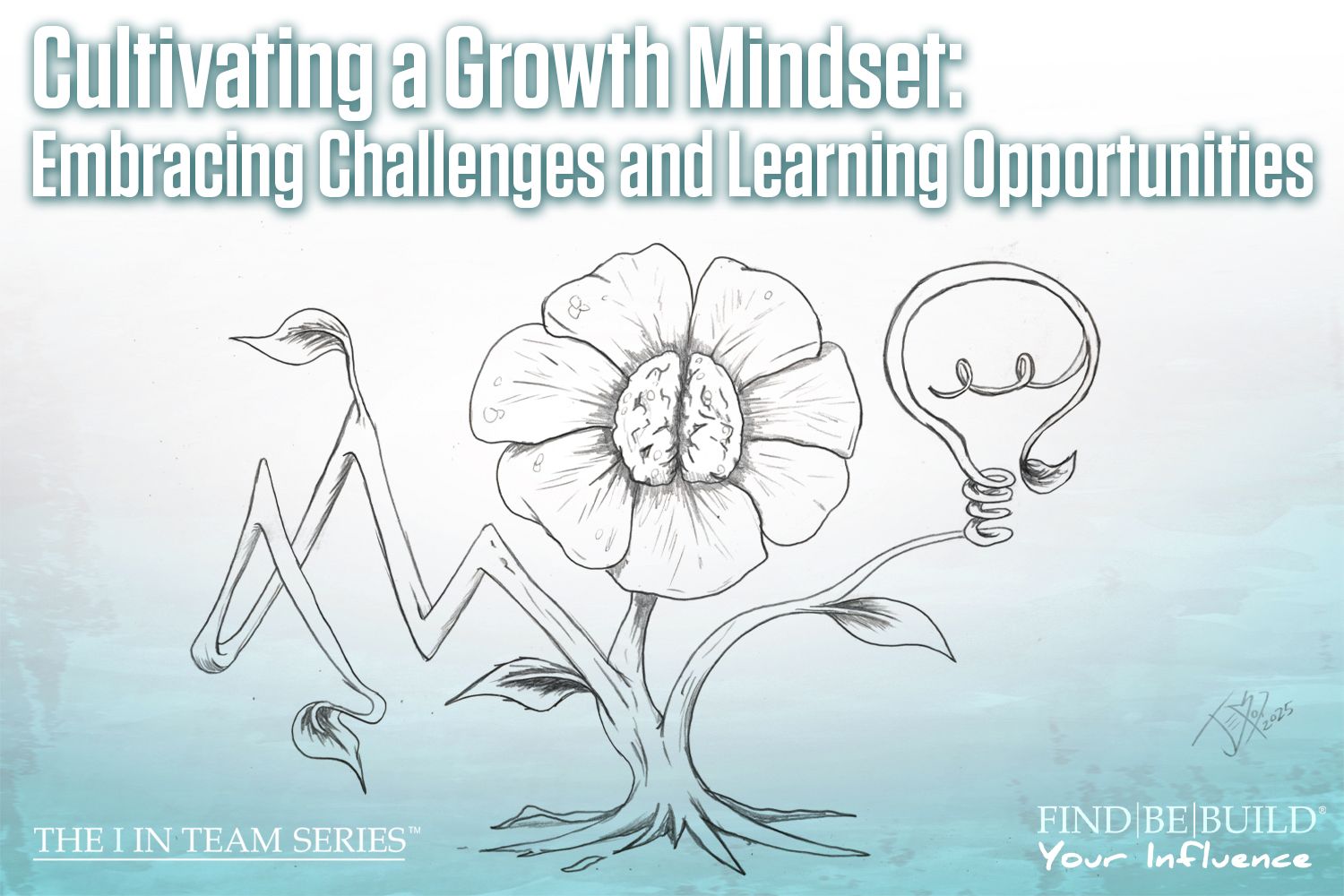Q.E. Now – A Real Solution

Business consulting solutions
Written by: Brian Smith
Quantitative Easing and the government bailout of equity, banking, and insurance firms have cost our country trillions of dollars, shored up the institutions receiving the funding, and created a long-term liability of possible hyperinflation on our economy. While the practice has created a treasure trove of short-term opportunities for a very select segment of our economy, the trickle-down effect has been primarily negative at the family level for most American families.
One must wonder why Q.E. was not set up in a way that involved the issues identified by Q.E. and resolved them at the source where the economy is really being driven; The American Family. While the following solution only offers immediate advantage to home owners, the long-term advantages to the economy would benefit all Americans.
What if the US Government had given every American citizen with a primary home mortgage a one-time payment on that mortgage equal to 50% of the mortgage? That would have cost the government a one-time expense of about five trillion dollars. That money could have been paid to the banks immediately or over a period of one to three years, providing them with liquidity similar to what Q.E. is doing. Add to this an automatic refinance of all remaining mortgages to a standardized 15 or 30-year term at let’s say 4%, providing a more affordable mortgage payment and freeing up ready cash flow to be spent in the economy. Finally, create a flat tax on the amount paid to the banks on behalf of the home owner for their mortgage in the amount of 25% of the amount paid, payable over ten years as a single line item on the annual tax return, giving the government back about $1.25 trillion of the original $5 trillion needed to implement this version of Quantitative Easing.
Reviewing this solution in detail and comparing it to the socio-economic makeup of the United States offers us the results. Organizations backing mortgages would have had an immediate influx of $5 trillion dollars. Consumers would have had an immediate reduction in debt and increase in take home pay. The excess take home pay would have been spent in the economies across the United States and beyond, shoring up the entire economic landscape, creating jobs, and increasing additional profits for companies. Increases in profits would increase taxes in a way that the money created to initiate this solution could be repaid to the Federal Reserve and reduce the overall liability of future inflation.
While I admit that this is a simplistic solution and requires further detailed financial analysis, it does not take an economics professor to understand that the money already spent on Q.E. 1-2-3 will total about $3.7 trillion dollars with zero reduction in consumer debt realized by the money being provided for the Q.E. programs. Further, getting that $3.7 trillion back appears to be unlikely, it will just inflate the amount of money in circulation and offers little in the way of retiring the funds. A real solution would have offered us the ability to shore up the American family which would have shored up the overall business climate, especially the small business climate and reduced the overall long-term liability the current program has.
One must question the thought process of QE when the government clearly had options that would have insured a more direct path of financial support to the entire landscape of business in America. Where are the supporters of the common American? I just do not understand how a few companies can receive trillions of dollars to bail them out of decisions made with eyes wide open, when every day Americans are laid off or downsized by the same companies getting the funds. Where were the economists during this bail out creation? And why did the American people stand idly by while the politicians allowed this to happen?
Q.E. Now allows for an immediate turnaround of our economy. With most of the trillions of dollars still sitting idle in the banks, simply move the funds from one ledger to another and implement Q.E. Now today, and watch how quickly Americans begin to spend and work us out of the economic hole we live in today.
© Individual Advantages, LLC 2018
The post Q.E. Now – A Real Solution appeared first on IA Business Advisors.











